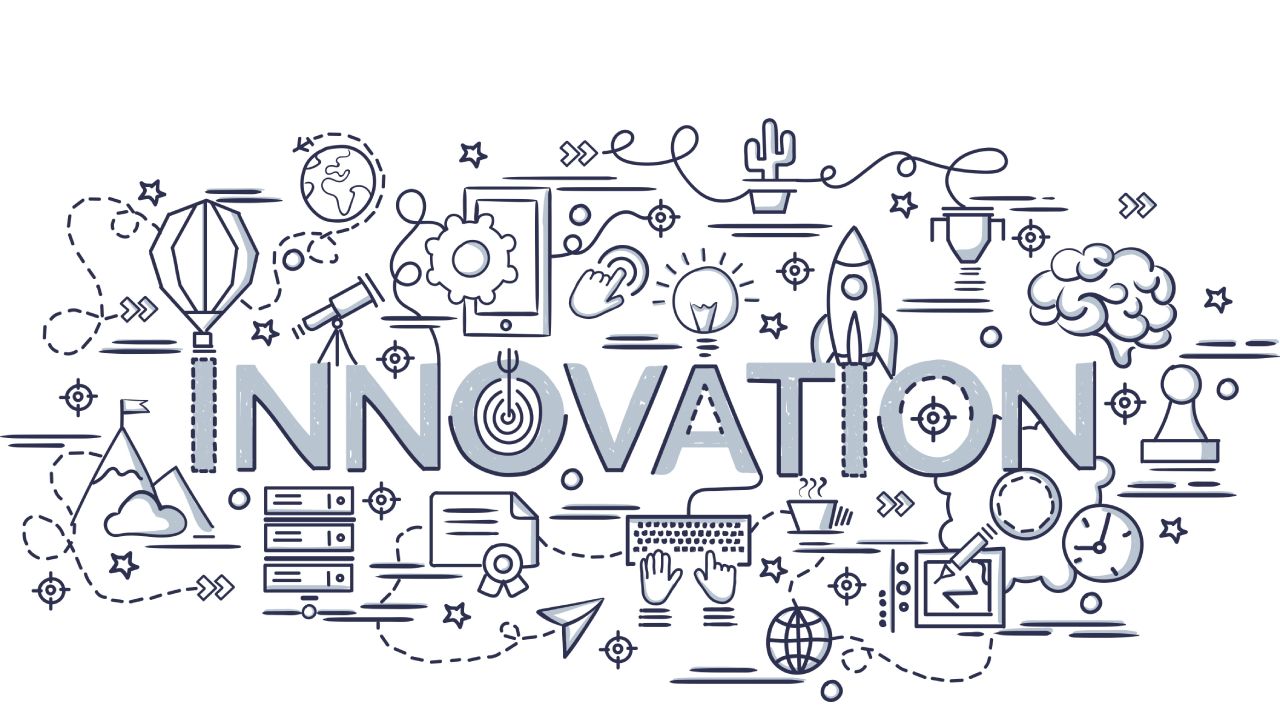1. Akiva Superfoods Raises $2 Million
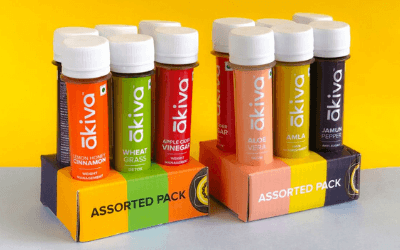
Akiva superfoods, a company that offers health and wellness food products recently raised $ 2 million funding led by Alkemi Venture partners which mainly invests in healthcare and consumer products. The mission of Akiva, as implied by its Founder and CEO Shalabh Gupta, is to aid people to bring about significant changes to their lifestyle and food habits, to live a better and healthier life. Akiva Superfoods is data-rich, close to its clients and uses significant ideas to create products to scale with direct-to-consumer, e-commerce, and latest business channels. With the funding so raised, now the company intends to be a more innovative, exciting and independent FMCG company with a capacity to scale exponentially across tier-1 and tier-2 cities in India. CEO of Max Healthcare Rajit Mehta, Co-founder of Zomato Pankaj Chaddah, CEO of OYO Real Estate Rohit Kapoor, Co-founder of MindTickle Mohit Garg are some of the previous investors in Akiva. Source: www.inshorts.com
2. Pencil Beam Technology for Cancer

India has a huge number of cancer patients, keeping them in mind Apollo Group has launched Asia’s first proton therapy centre known as Apollo Proton Cancer Centre (APCC) located in Taramani, Tamil Nadu, India. Proton therapy is one of the most advanced forms of radiation treatment which attacks tumours with more precision thereby causing minimal damage to the surrounding healthy tissues. This therapy is particularly effective for pediatric cancers; tumours affecting eye, brain, breast, colon, gastrointestinal region, prostate and pelvis; areas close to the spinal cord, brain stem and other vital organs; and re-radiation in relapsed cases. Proton therapy is particularly useful in curing paediatric cancers. The centre built at a cost of Rs 1300 crore will cater not only to Indian patients but also a destination for foreign patients promoting Medical Tourism for cancer treatment. With this step taken by the Apollo hospitals, India becomes one of the few nations which offers proton therapy for cancer treatment in addition to UK. The facility is 150 bedded dedicated to cancer care with three proton therapy rooms, advanced radiation oncology centre, medical oncology and immuno therapy facility and high end day-care chemo wards. The facility will also have five modular digital MRI integrated operation theatres, besides a high-end diagnostic imaging centre for genomic profiling of cancers including DNA sequencing and digital pathology services. SOURCE: www.healthtechnology.in
3. Bio Glue for Fast Wound Repairing
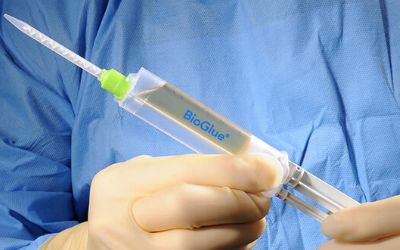
Any trauma or surgery can lead to uncontrolled bleeding which is a major cause of death many a times as it is difficult to seal these bleeding wounds without sutures. To tackle this problem, a team of researchers in China from Zhejiang University and East China University of Science and Technology have developed a ‘biological glue’ that could one day stop arteries and hearts from uncontrollable bleeding. The study is published online in the Journal Nature Communications. So far, the use of the gel has been demonstrated in animal experiments involving pigs and rabbits wherein the light activated adhesive gel can rapidly seal wounds to arteries and the heart and could be potentially used in surgeries in the future. The USP of the biological gel is that when it is placed on an open wound, it mimics the composition of the extracellular matrix and sets fast when exposed to ultraviolet light. The non-toxic hydrogel can be injected and has the potential to be used for surgical haemostasis and fast wound sealing in cases of open surgery and minimally invasive endoscopic surgery. The gel is also capable of withstanding both slippery surfaces and the pulsing of heart tissue. The adhesive gel still has not been used on human organs, but a prototype was used inside rabbits and pigs where it performed better than sutures or other currently available surgical glues. In preliminary animal experiments, a set of surgical procedures were carried out on pigs and the use of gel could seal the wounds of livers of pigs without the need for sutures. With the use of this gel, for the first time ever high-pressure bleeding of a beating heart with 6 mm diameter cardiac penetration holes, was stopped and the wounds were stably sealed within 20 seconds without sutures. In pig surgery, the gel closed a punctured carotid artery in less than a minute and repaired a hole in the cardiac wall. In rabbit surgery, the light activated hydrogel was able to stop a bleeding liver cut and a femoral artery in mere seconds. The three pigs not only survived the heart surgery but also showed natural signs of healing within 2 weeks with little inflammation and almost no necrosis. Despite the progress, additional studies are needed to confirm the safety of the gel for its use in further trials, including those involving humans. The gel has improved properties over other similar materials present in the market – it can withstand upto 290 mmHg blood pressure, which is much higher than what most doctors and nurses usually deal with, it’s structure is based on that of human connective tissue, the extracellular matrix of this gel is compatible with internal organs and arteries that facilitates it’s binding with arterial and cardiac walls. The team is hoping that the gel could be ready for human surgical use in the next 3 to 5 years.
SOURCE: www.sciencealert.com
4. Bluestar Diabetes
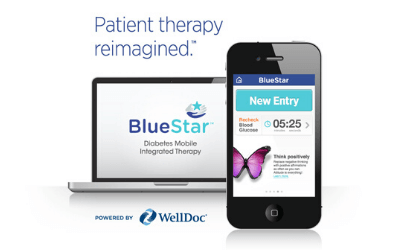
The International Diabetes Foundation has predicted that diabetes could affect nearly 123 million of the Indian population by 2040 and world over the treatment for diabetes complications costs more than $670 billion dollars a year. The disease claims the lives of five million people worldwide each year. To contribute to the efficient management of diabetes, IFC (a member of the World Bank Group), WellDoc (a US-based digital health start-up) and Max Healthcare (a leading healthcare provider in India) have come together and recently launched an innovative mobile application named ‘Bluestar Diabetes’ to improve diabetic care in India. The pilot project will include a selected group of patients in New Delhi whose smart phones, personal computers and tablets will transform into a personal health advisor once the app is downloaded on their devices. The app will be tailored for the Indian market to account for local diets and specific medications which will allow patients to enter details of their meals and receive immediate advice on optimal medication and dosage. The app by WellDoc is a mobile health monitoring tool that helps type 2 diabetes patients and their doctors drive behavioural and clinical change by analyzing the diabetes data including medications and blood glucose levels entered by the patient which is then shared with the patient’s healthcare team to improve decisions and better manage the disease. IFC is providing the funding and support through its TechEmerge program which works in the emerging markets to match innovative firms with local partners creating a win-win situation for businesses. This TechEmerge program is being implemented in partnership with the Finnish Ministry of Employment and Economy along with the Israeli Ministry of Economy and Industry, and supported by Indian Health 2.0. The focus of Max Healthcare is on changing the healthcare delivery to serve patients with chronic ailments of which one is diabetes in a better and more efficient way. Thus, the role of each partner comes from their own vision and areas of expertise. Hope to witness better management of diabetes care in India with this initiative of the parties.
SOURCE: www.healthtechnology.in
5. ‘SCGEN’ – AN AI Tool to Predict Cell Behaviour
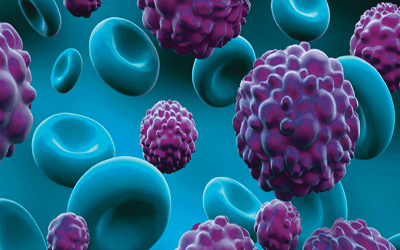
Researchers have created an Artificial Intelligence powered tool named ‘scGen’ that promises to reshape the way we study diseases and their treatment at cellular level. The research is published in the Journal Nature Methods where it demonstrates that scGen will help to map and study cellular disease response and treatment beyond the information accessible from experiments. scGen is the first tool to predict out-of-sample cellular reaction which means it is prepared to create credible projections for a distinct system if trained on information capturing the impact of perturbations for a specified system. As per scientists, scGen is a generative deep learning model that takes ideas from pictures, sequence and language processing and then uses them to model a cell’s behaviour conducted on a computer or through computer simulation. scGen is a part of computational biology which has the objective to accurately model cellular response to perturbations like illness, genetic procedures. The team further needs to work to make it a fully data driven formulation so that its predictive power is enhanced, and it permits better and more accurate analysis of perturbation combinations. SOURCE: www.healthtechnology.in
6. Artificial Intelligence may soon help spot Autism early on

It is difficult to identify signs and symptoms of autism in kids, but a recent study released in the Journal Proceedings of the National Academy of Sciences indicates that easy quantifiable artificial intelligence measures could allow for much earlier diagnosis of Rett syndrome and potentially other autism-like illnesses. Rett syndrome is a genetic disorder that impairs sensory, motor, cognitive and autonomic function from 6 to 18 months of age. The research has revealed that a machine-learning algorithm can detect pupil dilation defects that can predict autism spectrum disorder (ASD) in mouse models. In the research, the algorithm has shown to detect correctly if a child has Rett syndrome and autism-like behavior. Researchers hope that this algorithm will be able to provide an early warning signal not only for Rett syndrome but also for ASD. The team thinks that this tool can further be used in the future to monitor the reactions of patients to medicines as currently, it is testing the drug ketamine for Rett syndrome and a gene therapy trial is also in works. SOURCE: www.healthtechnology.in
7. Care4u: An Artificial Intelligence App for Geriatric Care

Second year students of B.Tech, IIT Kharagpur recently created an interconnected android smartphone application ‘CARE4U’ to promote elderly care by helping caregivers reach the elderly on time. To connect both the parties, CARE4U is mounted both on the elderly’s devices and the caregiver’s smartphone. The neural network based drop detection algorithm in the app on the elderly’s phone can identify whether the elderly has fallen down. In case of a fall, it automatically calls the caregiver and emergency services along with the location of the elderly. A unique feature of the app is that it detects emotion of the person by taking his/her picture and calculating their index of mood. To make this feature more effective, the team has developed a cognitive intelligent chat bot for better engagement of the elderly. Other features of the app include operations like calling, booking a taxi, sending a message, medical history record, an SOS button, an allergy account, real-time location monitoring and medicine reminder which reminds both the elderly and the caregiver the time of taking the medicine. SOURCE: www.healthtechnology.in
8. Itc Lamp: Hemorrhage Control Device

Massive hemorrhage is the leading cause of death in traumatic injuries, immediate control of bleeding is of prime importance in such scenarios. With a vision to effectively contain such situations of traumatic injuries a firm, Innovative Trauma Care (ITC) came into action. ITC, a Canada based early-stage medical device firm, focuses on developing point of care solutions for trauma, first responders and military medicine applications. With this vision, they introduced iTClamp, a hemorrhage control device for use in the extremities, axilla, inguinal, scalp and neck. The device minimizes blood loss until the wound is surgically repaired by sealing the edges of the wound. Research studies have shown that the clamp is superior to wound packing in terms of patient survival, survival time and total blood loss. iTClamp hemorrhage control system is one of the most unique devices and ideal for emergency medical personnel as it is simple to use, does an immediate fluid-tight and airtight wound closure within seconds. The clamping device works by sealing the skin closed to create a temporary pool of blood under pressure, which forms a stable clot until surgical repair of the wound is done. The device has been in the market for a while now and is a hit amongst the emergency first responders. The company is trying to address the unmet needs in the emergency medicine field by developing, manufacturing and commercialising point of injury solutions to control the common causes of preventable death in traumatic injury situations. SOURCE: www.innovativecare.com
Compiled by Dr. Avantika Batish, working as the Director Strategy and Healthcare at International Health Emergency Learning and Preparedness. She is also a guest faculty for MBA (HR) and MBA Healthcare Management at various B-Schools and is a soft skills trainer.

